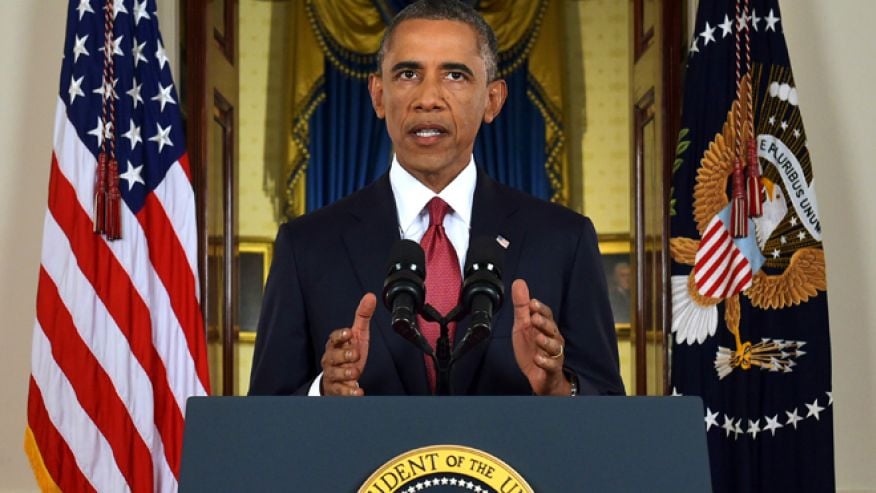
Opinion: The Strategic Communication Goals Behind Obama’s ISIS Speech
A version of this piece originally appeared in the Center for International Maritime Security’s NextWar blog. Thirteen years ago America…
Copyright 2024 U.S. Naval Institute. All Rights Reserved.